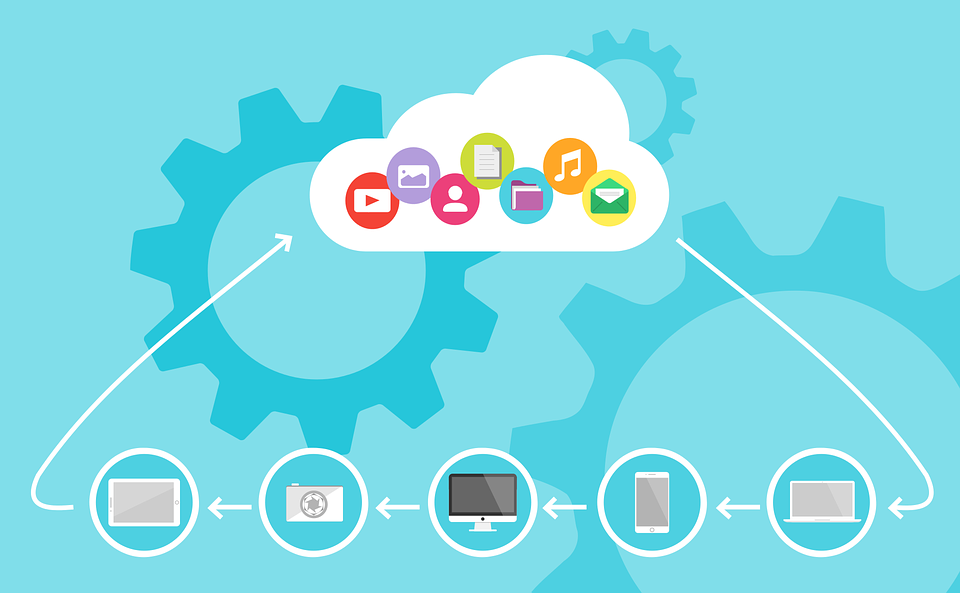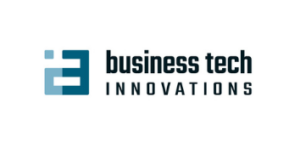
As businesses and individuals increasingly rely on cloud computing to store, manage, and process their valuable digital assets, robust cloud security is more critical than ever. The cloud offers numerous serverless advantages, but it also presents unique security challenges.
In this article, I’m going to explore 10 essential cloud security best practices to safeguard your valuable digital assets from potential threats and breaches.
Understanding the Cloud Security Landscape
Before delving into these tips, it’s essential to understand the cloud security landscape.
Cloud security involves safeguarding data, applications, and infrastructure hosted in cloud environments against various threats, including unauthorized access, data breaches, and cyberattacks.
Major cloud service providers, such as Amazon Web Services (AWS), Microsoft Azure, and Google Cloud, offer robust security features. However, the responsibility for securing data in the cloud is always shared between the cloud provider and the user.

10 Cloud Security Best Practices
1. Data Encryption
Encrypting data both in transit and at rest is a fundamental security measure. Utilize strong encryption protocols to protect sensitive information from interception and unauthorized access. Most cloud providers offer encryption services, but it’s crucial to understand how to configure and manage them effectively.
2. Identity and Access Management (IAM)
Implement robust IAM policies to control who can access your cloud resources. Assign permissions based on the principle of least privilege, ensuring that users and applications only have access to the resources they need. Regularly review and update access permissions to minimize potential security risks.
3. Multi-Factor Authentication (MFA)
Enforce MFA for all user accounts accessing cloud services. MFA adds an extra layer of security by requiring users to provide two or more authentication factors, such as a password and a one-time code from a mobile app or hardware token.
4. Regular Auditing and Monitoring
Set up continuous monitoring and auditing of your cloud environment. Use cloud-native tools or third-party solutions to track user activities, detect anomalies, and respond to security incidents promptly.
5. Secure Configuration
Ensure that all cloud resources and services are configured securely. Many security breaches occur due to misconfigurations. Implement automated security checks and regularly review your configurations to address vulnerabilities.
6. Data Backups and Disaster Recovery
Frequent backups are critical for data recovery in case of cyberattacks, accidental data loss, or other disasters. Implement a robust backup and disaster recovery plan to ensure the availability and integrity of your data.
7. Security Patch Management
Stay up-to-date with security patches for your cloud services and applications. Vulnerabilities in software can be exploited by attackers, so timely patching is essential to mitigate risks.
8. Employee Training and Awareness
Invest in employee training and awareness programs to educate your staff about security best practices and the risks associated with cloud computing. Employees should understand their role in maintaining security.
9. Incident Response Plan
Develop a well-defined incident response plan that outlines the steps to take in the event of a security breach. Being prepared can help mitigate the impact of an incident and minimize downtime.
10. Third-Party Security
If you use third-party services or tools within your cloud environment, ensure that they meet your security standards. Evaluate their security practices and consider their potential impact on your cloud security posture.
Nurturing a Secure Cloud Future
Protecting valuable digital assets in the cloud is a shared responsibility between cloud providers and users. By implementing these cloud security best practices, you can enhance the security of your cloud environment, reduce the risk of data breaches, and safeguard your most valuable digital assets. As the cloud continues to evolve, staying informed about emerging threats and best practices is crucial to maintaining a strong security posture in the digital age.




